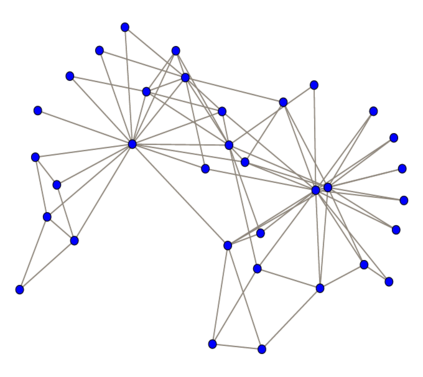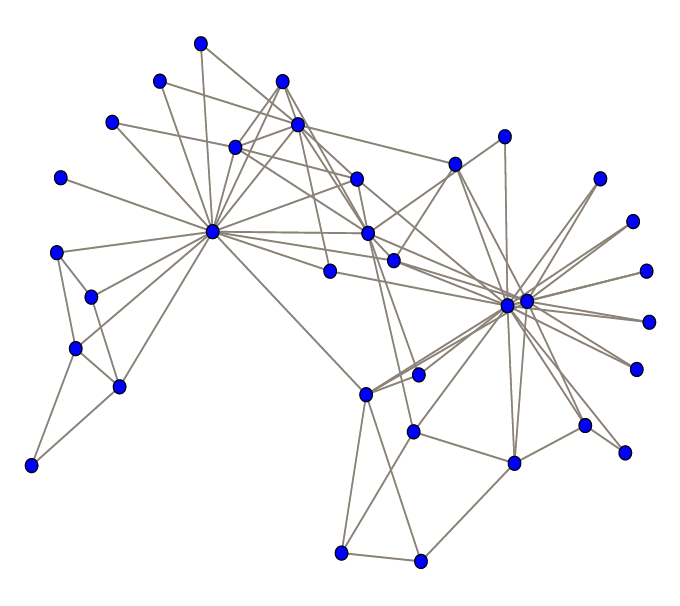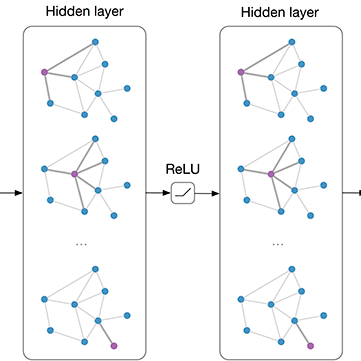Graph convolution networks (GCN) are increasingly popular in many applications, yet remain notoriously hard to train over large graph datasets. They need to compute node representations recursively from their neighbors. Current GCN training algorithms suffer from either high computational costs that grow exponentially with the number of layers, or high memory usage for loading the entire graph and node embeddings. In this paper, we propose a novel efficient layer-wise training framework for GCN (L-GCN), that disentangles feature aggregation and feature transformation during training, hence greatly reducing time and memory complexities. We present theoretical analysis for L-GCN under the graph isomorphism framework, that L-GCN leads to as powerful GCNs as the more costly conventional training algorithm does, under mild conditions. We further propose L^2-GCN, which learns a controller for each layer that can automatically adjust the training epochs per layer in L-GCN. Experiments show that L-GCN is faster than state-of-the-arts by at least an order of magnitude, with a consistent of memory usage not dependent on dataset size, while maintaining comparable prediction performance. With the learned controller, L^2-GCN can further cut the training time in half. Our codes are available at https://github.com/Shen-Lab/L2-GCN.
翻译:在很多应用中,图形变形网络越来越受欢迎,但对于大图表数据集来说,仍然很难训练,却臭名昭著地很难进行大图表数据集的训练。我们需要从邻居那里反复计算节点表示。当前的GCN培训算法要么由于高计算成本而随着层数的增加而成倍增长,要么由于加载整个图形和节点嵌入的记忆使用率较高。在本文中,我们提议为GCN(L-GCN)建立一个新的高效的层次-方法培训框架,这种框架在培训期间分解特征集合和特征转换,从而大大降低时间和记忆的复杂性。我们在图表形态框架下为L-GCN提供理论分析,L-GCN在温和的条件下,随着成本更高的常规培训算法而导致GCN成为强大的。我们进一步建议L2GCN, 学习每个层的控制器,可以自动调整L-GCN每层的培训。实验显示,L-GCN至少是一个规模的快于状态-艺术的顺序,在图形变形框架下提供不依赖于数据的记忆使用率,同时保持可比较的L-G-G的状态。可以进一步的状态。L-G-CR 。可以进一步的运行。






